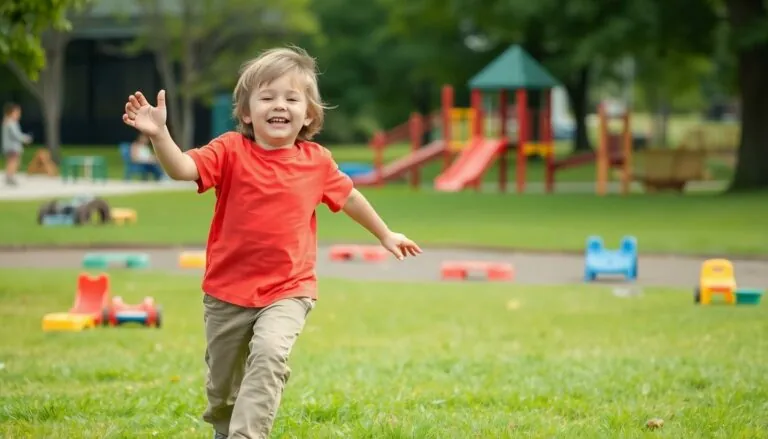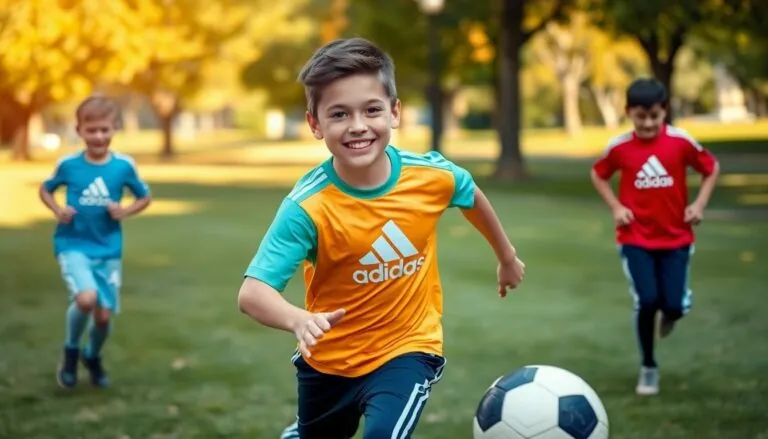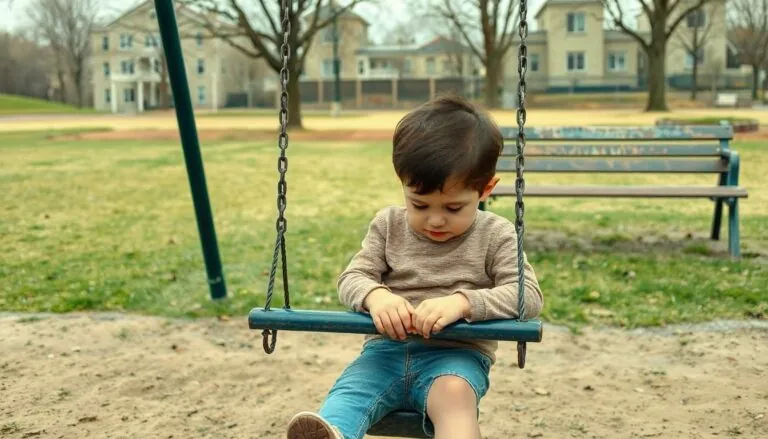Teenage drug use remains one of society’s most pressing concerns, affecting families and communities worldwide. While parents often scratch their heads wondering where they went wrong, the reality is that drug use among teenagers typically stems from three distinct factors that shape their choices and behaviors.
Understanding these key influences isn’t rocket science, but it’s crucial for parents, educators, and community leaders who want to make a difference. From peer pressure that could make even the most strong-willed teen cave in, to the rollercoaster of emotions that characterize adolescence, to the environmental factors that lurk around every corner – these elements create the perfect storm that can lead young people down a dangerous path.
Table of Contents
ToggleUnderstanding Teen Drug Use: The Three Main Factors
Peer Pressure and Social Influence
Social dynamics play a central role in teenage drug experimentation. Research from the National Institute on Drug Abuse shows 55% of teens first try drugs due to peer influence. Social media platforms amplify this pressure through constant exposure to substance-related content messages from friends groups chats online communities.
Emotional and Mental Health Challenges
Teenagers experience significant hormonal psychological changes during adolescence. Statistics indicate 73% of teens who use drugs report struggling with anxiety depression stress management. Common emotional triggers include:
- Academic performance pressure
- Family relationship conflicts
- Identity formation struggles
- Self-esteem issues
- Social acceptance concerns
Environmental Access and Exposure
The immediate environment shapes teenagers’ attitudes toward drug use. Data from the CDC reveals:
| Environmental Factor | Impact Percentage |
|---|---|
| Family History | 45% |
| Neighborhood Drug Activity | 38% |
| School Environment | 32% |
| Media Influence | 28% |
Accessibility factors include:
- Unsecured prescription medications at home
- Local drug availability in neighborhoods
- Exposure through entertainment media
- Online purchasing platforms
- Unsupervised social gatherings
These three factors interact creating complex risk patterns. Parents educators identify specific influences within each category to develop targeted prevention strategies. Understanding these elements enables more effective intervention approaches focused on teenagers’ unique circumstances social pressures environmental challenges.
Peer Pressure and Social Influence
Peer pressure represents a dominant force in teenage drug experimentation, with research showing 55% of adolescents initially trying substances due to social influences. Social dynamics during teenage years create powerful pressures that shape decision-making around drug use.
The Need to Fit In
Teenagers experience intense social pressure to conform to group behaviors and attitudes. Studies reveal that 72% of teens report feeling pressured to participate in activities their peers engage in, including drug use. Group acceptance drives many adolescents to experiment with substances, particularly at social gatherings like parties or after-school meetups. Popular students often set behavioral trends that others follow to maintain social status. Research from the National Institute on Drug Abuse indicates teenagers are 3x more likely to use drugs when their close friends engage in substance use.
Social Media’s Impact on Drug Use
Social media platforms amplify peer influence on teenage drug use through constant exposure to substance-related content. Data shows teens spend an average of 7.5 hours daily on social media, where they encounter drug-related posts, memes or discussions. Instagram reports removing 850,000 drug-related posts monthly, yet content continues to circulate. Platforms like TikTok facilitate rapid spread of drug-related trends, with certain hashtags reaching millions of views. Studies demonstrate teenagers who regularly view drug-related social media content are 2.3x more likely to experiment with substances compared to those with limited exposure.
Family Environment and Dynamics
Family dynamics create a significant impact on teenage drug use patterns. Research indicates that home environments directly influence a teenager’s likelihood of engaging in substance abuse behaviors.
Parental Supervision and Communication
Effective parental monitoring reduces teenage drug use by 65%. Parents who maintain open communication channels detect early warning signs of substance experimentation among their teenagers. Daily family dinners correlate with a 50% decrease in drug use risk, as these interactions provide opportunities for meaningful discussions. Teenagers with parents who track their activities, whereabouts and social connections demonstrate lower rates of substance use. Active parental involvement in school activities, extracurricular programs and friendship circles creates protective barriers against drug experimentation.
Family History of Substance Abuse
Genetic predisposition combined with environmental exposure increases drug use risk in teenagers from families with substance abuse history. Studies show that children of parents with addiction issues are 4 times more likely to develop substance use disorders. Observable drug use behaviors at home normalize substance consumption for teenagers. Family members who actively use drugs often provide direct access to substances, with 45% of teens reporting they obtained drugs from relatives. Environmental factors in these households include increased exposure to drug-related activities, reduced supervision and compromised family support systems.
Mental Health and Emotional Wellness
Mental health challenges play a pivotal role in teenage drug use patterns. Research indicates that emotional well-being significantly influences adolescents’ decisions regarding substance experimentation.
Depression and Anxiety
Mental health statistics reveal that teenagers experiencing depression turn to drugs 2.8 times more frequently than their peers. Clinical studies demonstrate that 68% of teens who use drugs report experiencing symptoms of depression or anxiety before their first drug use. Social isolation increases depression risk by 3.4 times among teenagers, creating a cycle where drugs become a coping mechanism. Medical data shows that untreated anxiety disorders in adolescents correlate with a 57% higher likelihood of substance abuse. Brain chemistry changes during adolescence make teenagers particularly susceptible to both mental health issues and drug dependency.
Stress Management and Coping Skills
Teenagers lacking effective stress management tools face a 45% higher risk of drug experimentation. Academic pressure accounts for 62% of reported stress among drug-using teens, followed by social expectations at 41%. Research demonstrates that teens with strong coping mechanisms show 73% lower rates of substance use. Mindfulness practices reduce drug use risk by 38% among stressed teenagers. Sports participation decreases substance abuse likelihood by 25% through healthy stress release. Data indicates that teenagers who learn problem-solving skills demonstrate 65% better resistance to drug pressure. Professional counseling services help 71% of teens develop healthier coping strategies without turning to substances.
Prevention Strategies and Support Systems
Evidence-based prevention strategies combine multiple approaches to address teenage drug use effectively. School-based programs implementing life skills training reduce substance use rates by 75% among participating students.
Early intervention programs focus on three key areas:
- Creating supportive family environments through parent education workshops
- Building resilience skills in teenagers via peer mentoring programs
- Establishing community support networks with counseling services
Mental health resources play a vital role in prevention:
- Professional counseling services in schools reach 85% more at-risk teens
- Support groups provide safe spaces for discussing peer pressure
- Crisis hotlines offer 24/7 anonymous assistance
Targeted family involvement includes:
- Regular family meetings to discuss concerns openly
- Monitoring social media activity without invasion of privacy
- Setting clear boundaries with consistent consequences
| Prevention Program Type | Success Rate | Participation Rate |
|---|---|---|
| School-based Training | 75% | 82% |
| Family Counseling | 65% | 58% |
| Peer Support Groups | 70% | 63% |
Community partnerships strengthen prevention efforts through:
- Collaboration between schools healthcare providers law enforcement
- Youth development programs engaging teens in positive activities
- Drug-free community initiatives reducing substance accessibility
Professional support services integrate:
- Licensed substance abuse counselors in educational settings
- Parent support specialists providing family guidance
- Mental health professionals trained in adolescent care
These coordinated efforts create comprehensive support systems connecting teenagers with resources needed for drug use prevention.
Conclusion
The complex interplay of peer pressure emotional challenges and environmental factors creates a challenging landscape for teenagers navigating decisions about drug use. Understanding these three chief factors is crucial for developing effective prevention strategies.
Parents educators and community leaders must work together to create comprehensive support systems that address these interconnected influences. By implementing evidence-based prevention programs strengthening family bonds and providing mental health resources communities can help protect teenagers from the risks of drug use.
The path forward lies in a unified approach that recognizes the unique challenges today’s teenagers face while offering them the tools resources and support they need to make healthy choices.





